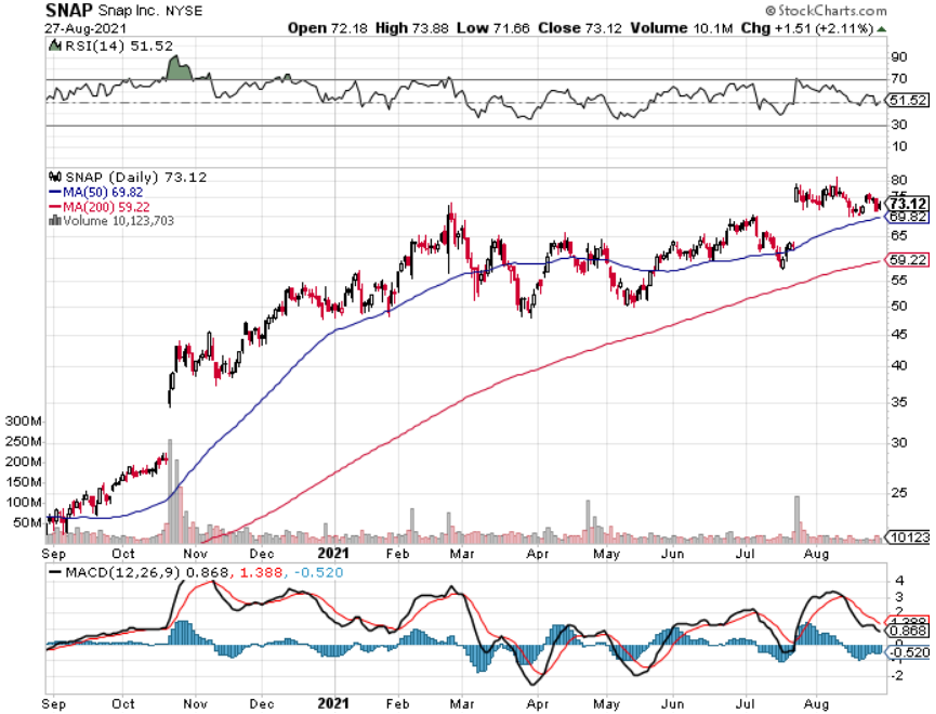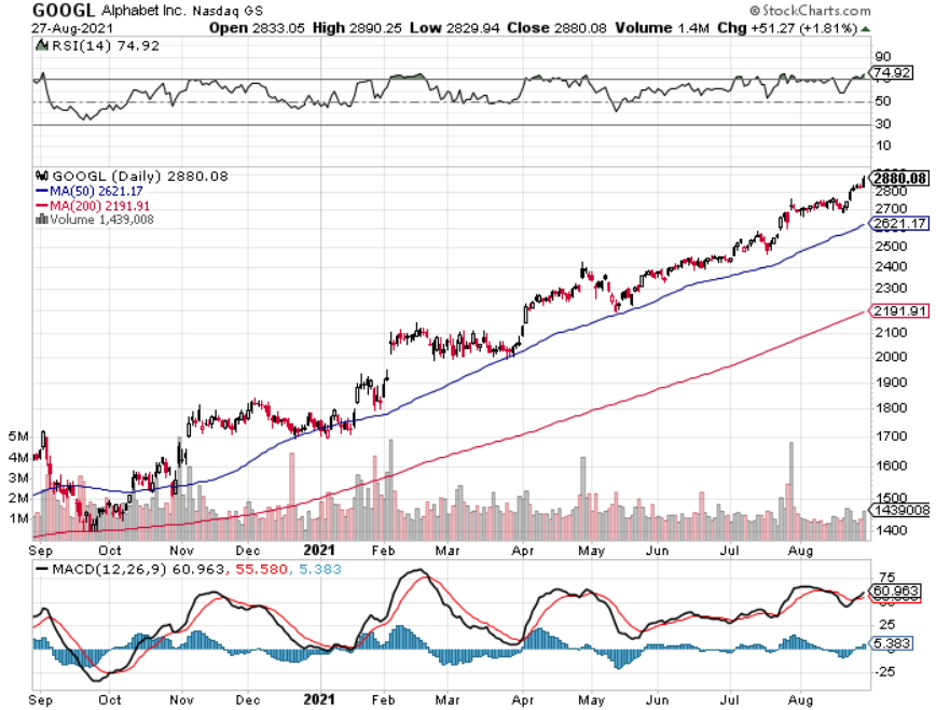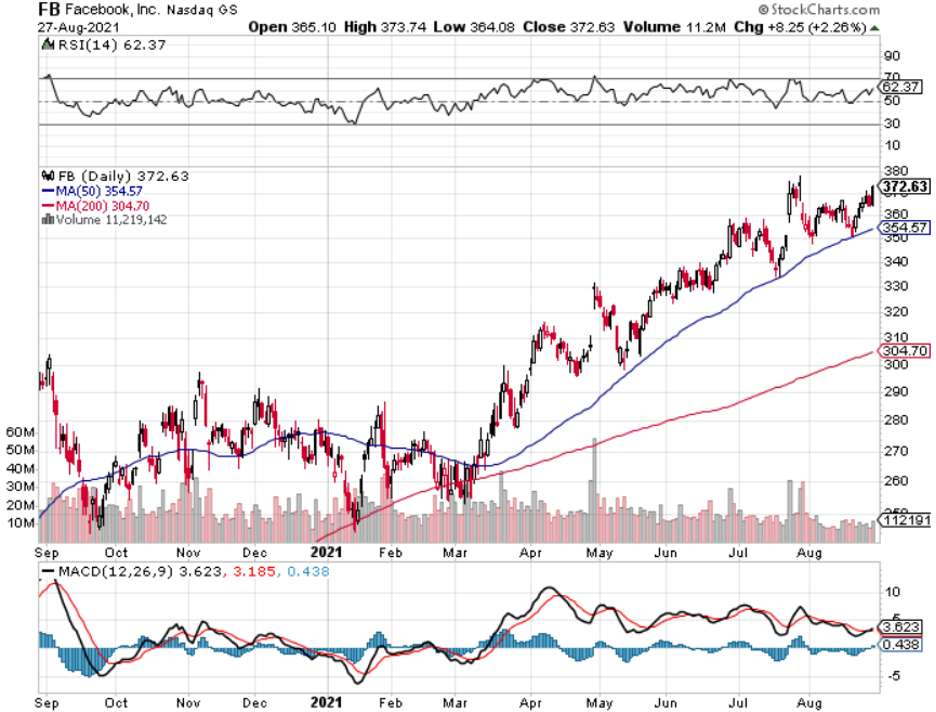I know many readers gripe about certain tech stocks being too expensive like Google (GOOGL), Facebook (FB), or even Amazon (AMZN), but that’s not the case for all high-quality tech names out there.
There are still deals to be had.
An undervalued tech name in the same industry, albeit more diminutive than the three I just mentioned, is ad revenue platform Snap Inc. (SNAP).
Their story is a good one and their revenue model appears to be maturing at an optimal time while still exhibiting many elements of explosive growth.
To see what I mean — Snap grew both revenue and daily active users at the highest rates they have achieved in the last four years.
Daily active users grew 23% year-over-year to 293 million — expanding revenue by 116% year-over-year to $982 million.
This outperformance reflects the momentum in SNAP's core advertising business and the positive results of their team serving ad partners helping them to generate a return on investment.
SNAP benefited from a favorable operating environment and continued success with both direct response and large brand advertisers — continue to leverage performant ad products to grow an advertiser base globally.
Adjusted EBITDA improved by $213 million compared to last year, marking the third adjusted EBITDA profitable quarter in the last 12 months as SNAP continues to demonstrate the leverage in their business as they scale.
They are also fully absorbed in making progress against revenue and Average Revenue Per User (ARPU) opportunities, which I believe will be driven by three key priorities.
First, driving ROI through measurement, ranking, and optimization.
Second, investing in aggressive sales and marketing functions by continuing to train, hire, and build for scale.
And third, building innovative ad experiences around video and augmented reality, with a focus on shopping and commerce.
The commitment to these three priorities, along with a unique reach and large, engaged community, allows SNAP to drive performance at scale for businesses around the world.
They have proven through results in North America that with a robust team, surrounding resources, and a local focus, they can accelerate revenue.
They are now taking that model and replicating it in several markets that they have identified as having a large digital advertising market and significant levels of existing Snapchat adoption.
It’s true to say they still have a lot of room to grow in some of the world's most established ad markets outside of North America, especially in Europe.
For example, in the UK, France, and the Netherlands, SNAP reaches over 90% of 13- to 24-year-olds — 75% of 13- to 34-year-olds.
SNAP continues to invest heavily in video advertising, with the goal of driving results for advertising partners and connecting them to the Snapchat Generation.
For example, SNAP worked with Nielsen to help U.S. advertisers understand how to more efficiently reach their target audiences via Snap Ads.
The Total Ad Ratings study analyzed how over 30 cross-platform advertising campaigns reached people on both Snapchat and television.
The analysis showed that Snapchat campaigns contributed an average of 16% incremental reach to advertisers' target audiences, and over 70% of the Gen Z audience that was reached by Snapchat was not reached by TV-only campaigns.
This is especially important as people are increasingly cutting the cord, and mobile content consumption continues to grow, presenting SNAP with a large opportunity to help advertisers reach the Snapchat Generation at scale.
Augmented reality advertising is delivering a return on investment that is measurable and repeatable, which is encouraging the incremental businesses to invest in AR.
For example, Smile Direct Club (SDC) leveraged a Goal-Based Bidding Click optimization for Augmented Reality (AR), which drove 49% of Snap customer leads in Q2 and was the most effective ad unit at driving traffic for their business compared to other social channels.
The success of the Lens ultimately encouraged Smile Direct Club to include AR Lenses as part of their long-term business strategy.
SNAP is betting the ranch on efforts to help advertisers improve conversions and ROI, and recently launched optimization for AR, which allows advertisers to optimize their AR campaigns for down-funnel purchases and fits well into the broader shopping strategy.
SNAPs bread and butter region of North America is hitting on all cylinders with revenue growing 129% year-over-year in Q2, while ARPU grew 116% year-over-year as they continue to benefit from significant investments made in sales teams and sales support in the prior year.
At a 30-thousand-foot level, the global internet services market was valued at over $450 billion in 2020, the year in which the pandemic fundamentally altered how society functions, accelerating a push towards digital offerings.
The internet market is expected to grow at a compound annual growth rate of 5% through 2027 and reach a value of $652 billion. US-based equities presently control close to 30% of the total global market share in the industry.
My takeaway from this is that even though there is GOOGL and FB in this space, the pie is growing so fast that there is easily room for others like SNAP.
One must believe that if SNAP keeps operating anywhere close to its pandemic performance relative to other companies, they are surely guaranteed to be a buy-the-dip company.
In terms of price action, that’s exactly what we have witnessed as the price has zig-zagged up by 300% — the stock price goes two levels up and retraces back one — rinse and repeat.
Just view the big down days as optimal entry points into a burgeoning social media platform and deploy capital.
In the short term, on the monetization side, I have to note that the fiscal comparisons will be more challenging in the second half as SNAP begins to lap the acceleration in top-line growth that they experienced in the prior year.
Once that sell-off gets baked into the equation via a 3-5% sell-off, readers should jump back into SNAP.







